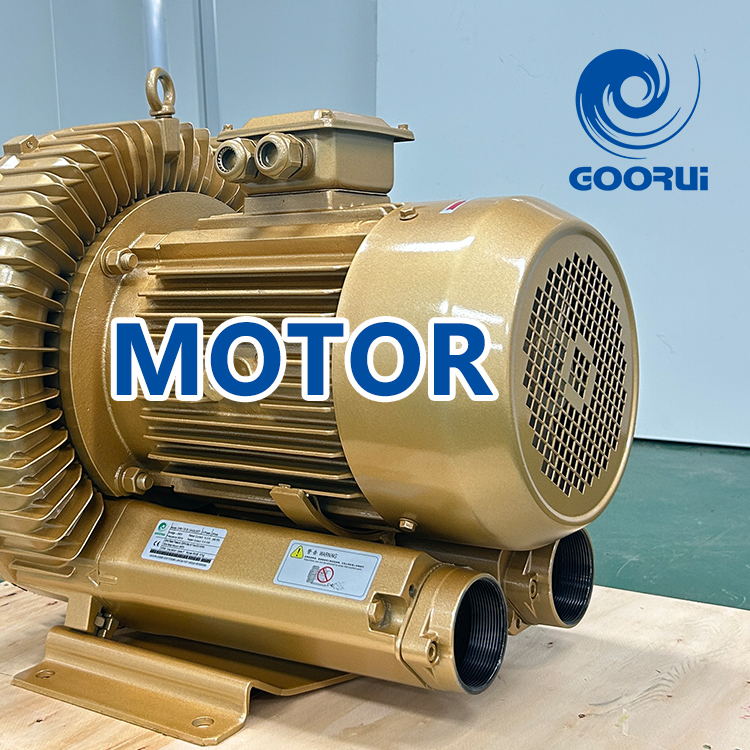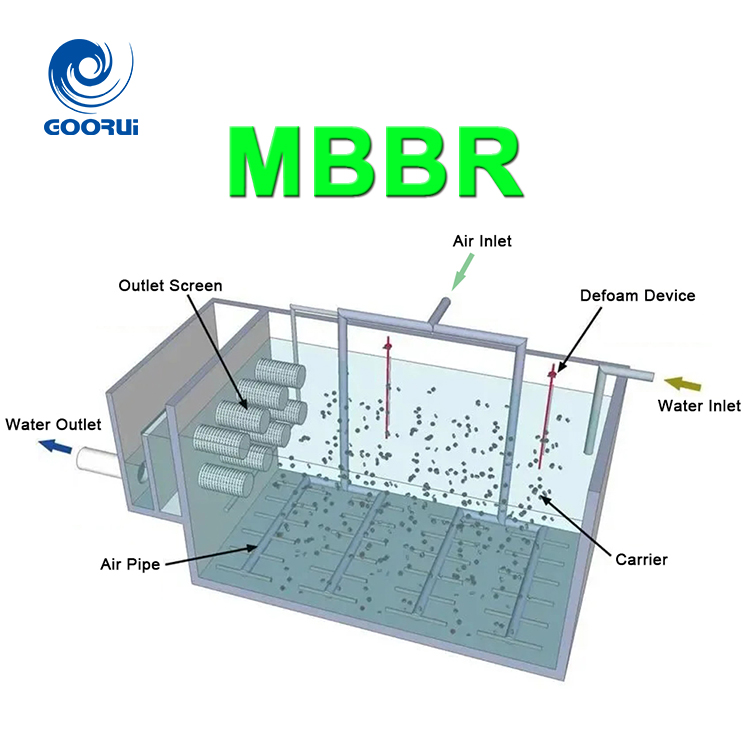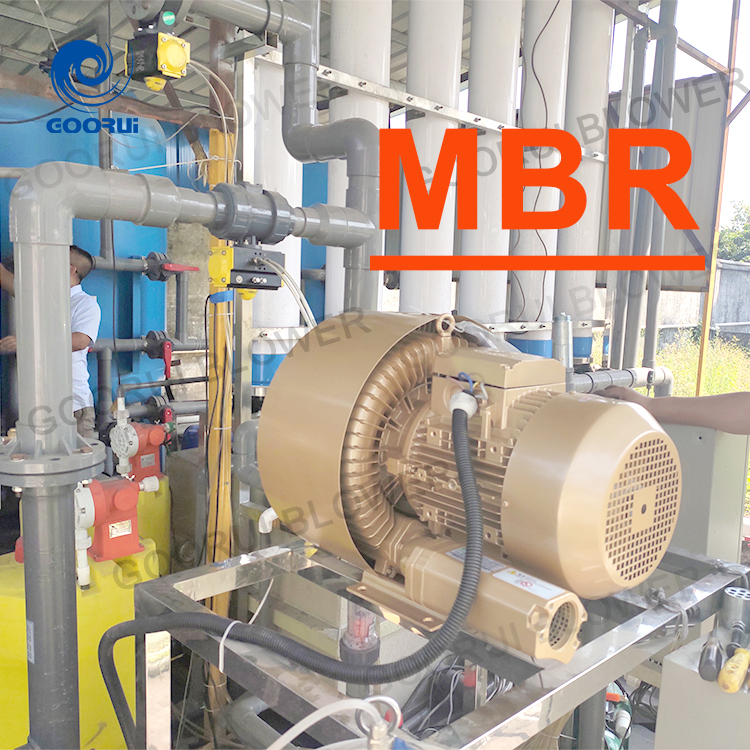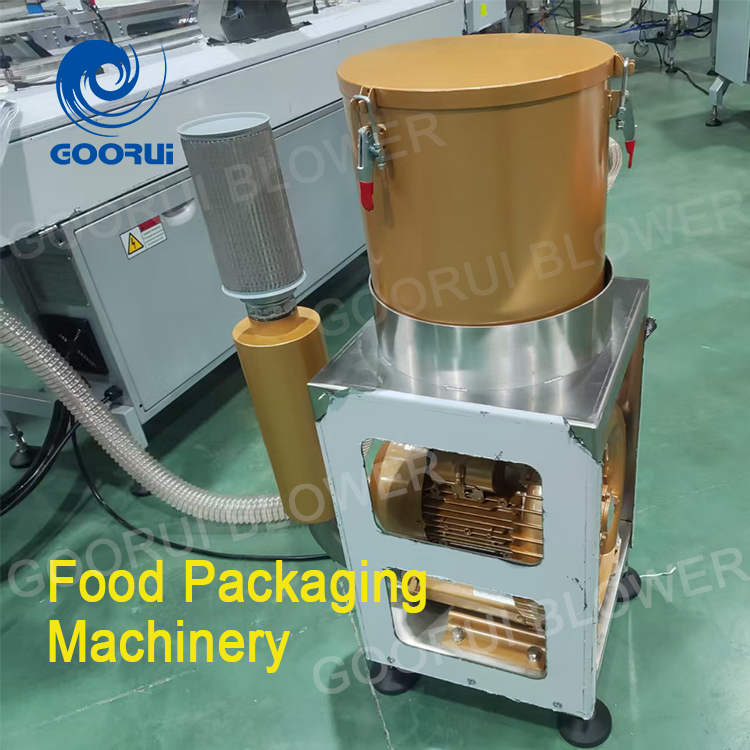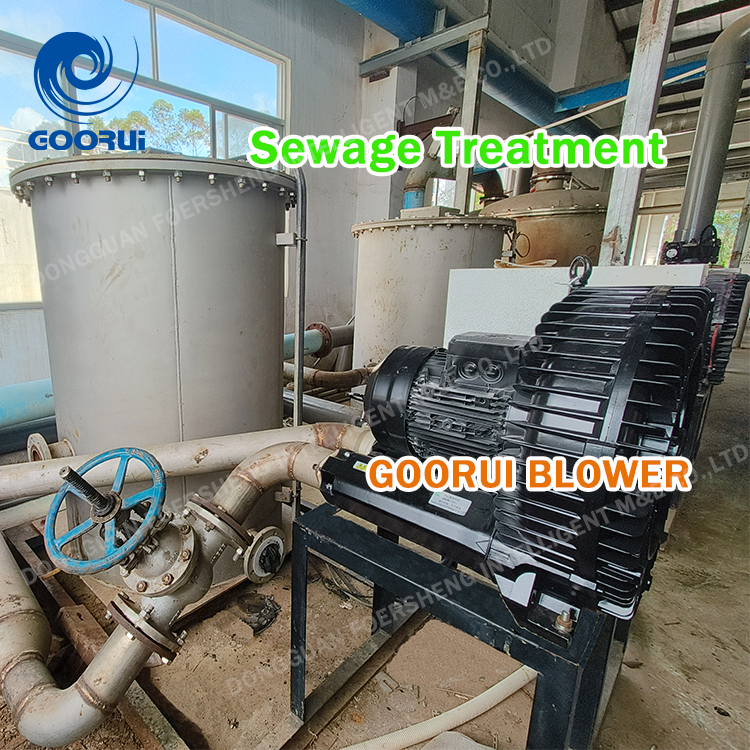There are many types of motors, which can be divided into the following main types according to different classification methods:
1. Classification by power type
· DC Motor
– Brushed DC Motor: commutated by carbon brushes and commutator, simple structure and low cost (such as toy motors).
– Brushless DC Motor (BLDC): electronic commutation, high efficiency and long life (such as drones, electric vehicle drives).
· AC Motor
Asynchronous Motor (induction motor): simple structure and durable (such as household fans, water pumps).
Single-phase asynchronous motor (starting capacitor required).
Three-phase asynchronous motor (commonly used in industry).
Synchronous motor: speed is synchronized with power frequency, high efficiency (such as generators, large industrial equipment).
2. Classification by working principle/structure
Stepper Motor
Convert electrical pulse signals into precise angular displacement (such as 3D printers, CNC machine tools).
Servo Motor
Closed-loop control, high precision, fast response (such as robots, automation equipment).
Linear motors
Directly generate linear motion (such as maglev trains, high-end machine tools).
Coreless motors
The rotor has no iron core, small inertia and fast response (such as medical equipment, spacecraft).
3. Classification by use/special design
General motors
AC and DC dual-use, commonly used in household appliances (such as blenders, vacuum cleaners).
Gear motors
Integrated gearbox, high torque output (such as electric curtains, conveyor belts).
Explosion-proof motors
Used in flammable and explosive environments (such as petroleum and chemical industries).
Waterproof motors
Sealed design (such as submersible pumps, dishwashers).
4. Other special types
Ultrasonic motors
Driven by piezoelectric effect, silent and high-precision (such as camera focus systems).
Switched reluctance motors (SRMs)
Strong structure, suitable for high-speed occasions (such as electric vehicles, aviation).
5.Common application scenarios
Industry: three-phase asynchronous motors (pumps, compressors), servo motors (robotic arms).
Home appliances: single-phase asynchronous motors (washing machines), brushless motors (air conditioning fans).
Transportation: brushless DC motors (electric vehicles), traction motors (high-speed rail).
Precision equipment: stepper motors (CNC machine tools), linear motors (semiconductor manufacturing).
Choose the appropriate motor type based on specific needs (power, speed, control accuracy, environment, etc.).


